Home>Furniture & Design>Bathroom Accessories>How To Make Outdoor Stairs Non-Slip
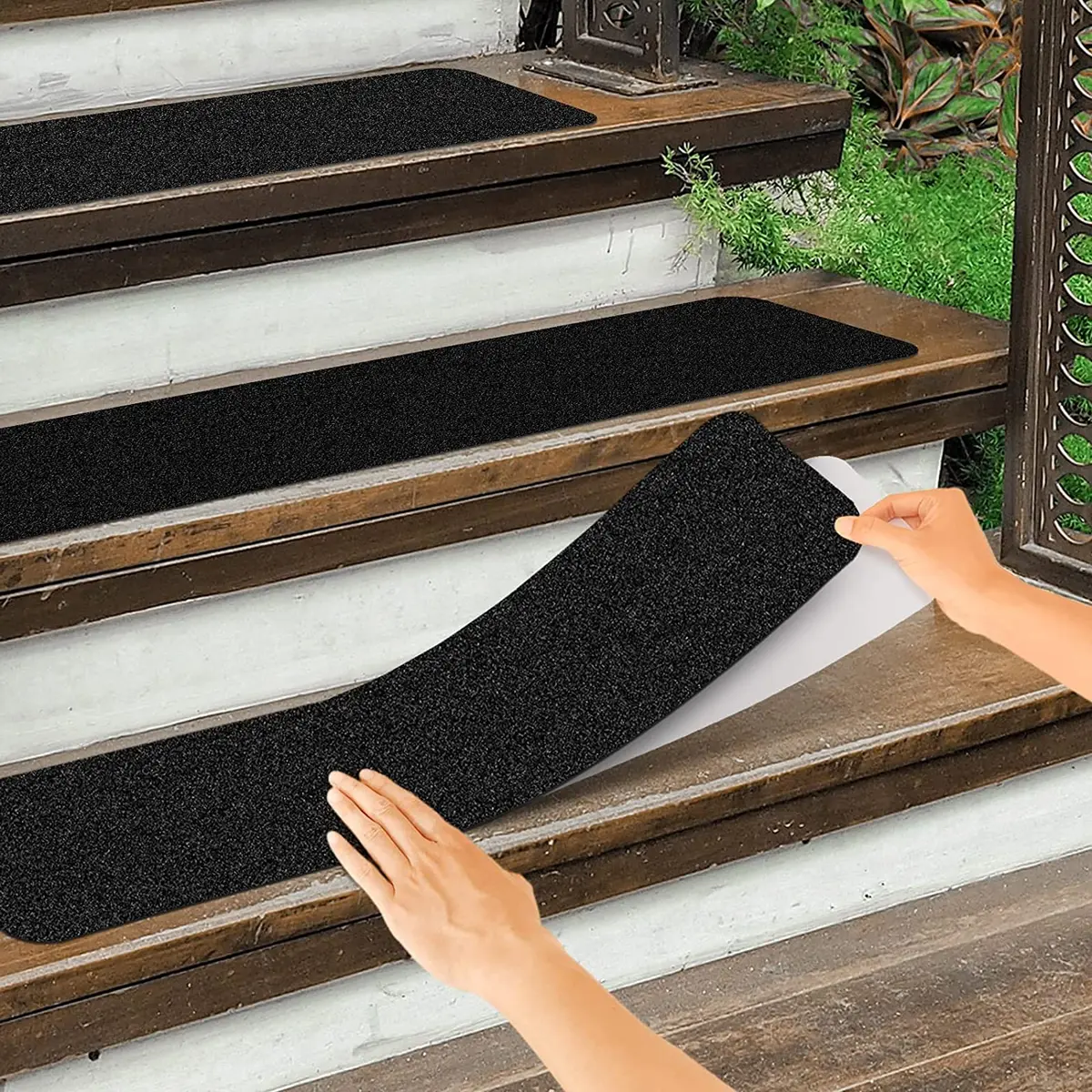

Bathroom Accessories
How To Make Outdoor Stairs Non-Slip
Published: February 10, 2024
Learn how to make outdoor stairs non-slip with our top bathroom accessories. Keep your family safe with these easy DIY tips and tricks.
(Many of the links in this article redirect to a specific reviewed product. Your purchase of these products through affiliate links helps to generate commission for Storables.com, at no extra cost. Learn more)
Introduction
Ensuring the safety of outdoor stairs is paramount for any homeowner or property manager. Whether it's a residential property or a commercial establishment, outdoor stairs are often exposed to various weather conditions, which can make them slippery and hazardous. In order to mitigate the risk of slips and falls, it's essential to implement effective non-slip solutions for outdoor stairs.
Non-slip outdoor stairs not only provide a secure pathway for individuals navigating the stairs but also offer peace of mind, knowing that the risk of accidents is significantly reduced. By incorporating non-slip features into outdoor stairs, you can create a safer environment for residents, guests, and visitors.
In this comprehensive guide, we will explore various methods and materials for making outdoor stairs non-slip. From assessing the current condition of your outdoor stairs to choosing the right non-slip material and applying non-slip coatings, we will cover everything you need to know to enhance the safety and functionality of your outdoor stairs.
By understanding the importance of non-slip outdoor stairs and learning about the available options for non-slip solutions, you can take proactive steps to create a secure and welcoming outdoor space. Whether you're looking to upgrade the safety of your residential property or improve the accessibility of a commercial space, the information provided in this guide will empower you to make informed decisions and implement effective non-slip measures for outdoor stairs.
Now, let's delve into the details of how to make outdoor stairs non-slip, ensuring that you have the knowledge and resources to enhance the safety and usability of your outdoor staircase.
Key Takeaways:
- Prioritize safety by making outdoor stairs non-slip to prevent accidents and injuries, ensuring a secure environment for everyone, especially in adverse weather conditions.
- Regular maintenance of non-slip outdoor stairs is crucial to uphold their effectiveness, prolong their durability, and minimize the risk of slip hazards.
Read more: How To Make Stairs Non-Slip
Understanding the Importance of Non-Slip Outdoor Stairs
Outdoor stairs are an integral part of residential and commercial properties, providing access to elevated areas such as porches, decks, and entryways. However, these outdoor structures are susceptible to becoming slippery and hazardous, especially in adverse weather conditions. The presence of rain, snow, ice, or even dew can significantly increase the risk of slips and falls on outdoor stairs, posing a potential danger to anyone using them.
The importance of non-slip outdoor stairs cannot be overstated, as they play a crucial role in ensuring the safety and well-being of individuals navigating these pathways. By implementing effective non-slip solutions, property owners can mitigate the inherent risks associated with outdoor stairs and create a secure environment for residents, guests, and visitors.
One of the primary reasons for prioritizing non-slip features on outdoor stairs is to prevent accidents and injuries. Slippery stairs can lead to dangerous falls, resulting in various degrees of harm, from minor bruises to severe fractures. By making outdoor stairs non-slip, property owners demonstrate a commitment to safeguarding the welfare of those using the stairs, thereby reducing the likelihood of accidents and the associated liabilities.
Moreover, non-slip outdoor stairs contribute to the overall accessibility and usability of a property. When stairs are equipped with reliable non-slip features, individuals, including the elderly and people with mobility challenges, can navigate the outdoor space with confidence and ease. This inclusivity fosters a welcoming environment and ensures that everyone can access the property without encountering unnecessary barriers or safety concerns.
In addition to enhancing safety and accessibility, non-slip outdoor stairs also contribute to the longevity and maintenance of the property. By minimizing the risk of slips and falls, property owners can avoid potential damage to the stairs and surrounding areas caused by accidents. Furthermore, non-slip solutions can help preserve the structural integrity of the stairs, reducing the need for frequent repairs or replacements due to wear and tear resulting from slippery conditions.
Overall, the importance of non-slip outdoor stairs lies in their ability to promote safety, accessibility, and durability. By prioritizing non-slip features, property owners can create a secure environment, improve the functionality of outdoor spaces, and demonstrate a commitment to the well-being of those using the property. Understanding the significance of non-slip outdoor stairs is the first step toward implementing effective solutions that enhance safety and peace of mind for all individuals accessing the outdoor environment.
Assessing the Current Condition of Your Outdoor Stairs
Assessing the current condition of your outdoor stairs is a crucial initial step in the process of making them non-slip. This assessment allows you to identify existing hazards, evaluate the level of wear and tear, and determine the most suitable non-slip solutions for your specific needs.
Start by thoroughly examining the surface of the stairs. Look for signs of wear, such as cracks, uneven areas, or worn-out treads. These imperfections not only compromise the aesthetics of the stairs but also pose potential safety risks, especially when the surface becomes slippery due to weather conditions or accumulated debris.
Next, consider the material of the stairs. Whether they are made of wood, concrete, stone, or composite materials, each type of surface requires different non-slip treatments. For instance, wooden stairs may benefit from specialized non-slip coatings, while concrete stairs might require a different approach to enhance their traction.
Furthermore, take into account the environmental factors that impact the stairs. If your outdoor stairs are frequently exposed to rain, snow, or humidity, the risk of slipperiness is heightened. Understanding the prevailing weather conditions and their effects on the stairs will guide you in selecting non-slip solutions that can withstand and effectively combat these challenges.
Additionally, evaluate the foot traffic on the stairs. High-traffic areas may experience more wear and tear, requiring robust non-slip measures to ensure long-lasting effectiveness. Consider the frequency of use and the specific patterns of foot traffic to determine the most suitable non-slip enhancements for your outdoor stairs.
Lastly, assess any existing non-slip features, if applicable. If your outdoor stairs already have non-slip treads, mats, or coatings, evaluate their condition and effectiveness. Over time, these features may degrade or lose their non-slip properties, necessitating maintenance or replacement to uphold the safety standards of the stairs.
By conducting a comprehensive assessment of the current condition of your outdoor stairs, you gain valuable insights into the specific requirements for making them non-slip. This proactive approach enables you to address existing hazards, select appropriate non-slip materials and treatments, and ultimately create a safer environment for everyone using the outdoor stairs.
Choosing the Right Non-Slip Material for Your Outdoor Stairs
Selecting the appropriate non-slip material for your outdoor stairs is a critical decision that directly impacts the safety and functionality of the staircase. With a wide range of non-slip options available, it's essential to consider various factors to ensure that the chosen material effectively enhances traction and withstands outdoor elements.
One of the primary considerations when choosing non-slip materials is the type of surface on your outdoor stairs. Different materials, such as wood, concrete, stone, or composite materials, require specific non-slip treatments tailored to their unique characteristics. For wooden stairs, non-slip coatings or paints designed for outdoor use can provide an effective non-slip surface while preserving the natural aesthetics of the wood. Alternatively, concrete stairs may benefit from non-slip sealants or textured coatings that enhance traction and durability in outdoor environments.
Furthermore, the durability and weather resistance of the non-slip material are crucial factors to evaluate. Outdoor stairs are exposed to varying weather conditions, including rain, snow, and UV exposure, which can degrade non-slip treatments over time. Therefore, selecting non-slip materials with high weather resistance and long-term durability is essential to ensure sustained effectiveness and minimal maintenance requirements.
Another aspect to consider is the ease of application and maintenance of the non-slip material. Some non-slip solutions may require professional application, while others are designed for convenient do-it-yourself installation. Additionally, assessing the maintenance needs of the chosen material, such as cleaning methods and reapplication intervals, can help determine the long-term feasibility of the non-slip solution for your outdoor stairs.
In addition to practical considerations, the aesthetic appeal of the non-slip material should align with the overall design and ambiance of the outdoor space. Non-slip materials are available in various finishes, colors, and textures, allowing you to harmonize the safety features with the visual appeal of the stairs. By choosing non-slip materials that complement the existing aesthetic elements, you can seamlessly integrate safety enhancements without compromising the overall look and feel of the outdoor environment.
Ultimately, the right non-slip material for your outdoor stairs should offer a balance of effective traction, durability, ease of maintenance, and aesthetic compatibility. By carefully evaluating these factors and selecting non-slip materials tailored to the specific characteristics of your outdoor stairs, you can create a secure and visually appealing staircase that enhances the safety and usability of the outdoor space.
Apply a non-slip coating or adhesive strips to the surface of the outdoor stairs to improve traction and reduce the risk of slipping. Regularly clean and maintain the non-slip treatment for optimal effectiveness.
Applying Non-Slip Coatings to Outdoor Stairs
Applying non-slip coatings to outdoor stairs is a highly effective method for enhancing traction and reducing the risk of slips and falls. Non-slip coatings are specifically formulated to create a textured surface that improves grip and stability, even in wet or slippery conditions. By seamlessly integrating non-slip coatings into the existing structure of outdoor stairs, property owners can significantly enhance the safety and usability of the staircase.
The process of applying non-slip coatings begins with thorough surface preparation. It is essential to clean the stairs meticulously to remove any dirt, debris, or previous coatings that may hinder the adhesion of the non-slip coating. Depending on the material of the stairs, such as wood or concrete, appropriate cleaning methods, including pressure washing or chemical cleaning, may be employed to ensure a clean and smooth surface for the application of the non-slip coating.
Once the surface is clean and dry, the non-slip coating is carefully applied according to the manufacturer's instructions. Non-slip coatings are available in various forms, including paints, sealants, and textured additives that can be mixed with existing coatings. The chosen non-slip coating is applied evenly to the stairs, ensuring complete coverage and consistent texture to maximize traction.
After the application, the non-slip coating is left to cure and bond with the surface, forming a durable and resilient non-slip layer. Depending on the specific product used, the curing time may vary, and it is crucial to allow sufficient time for the coating to fully set and achieve its non-slip properties.
Once the non-slip coating has cured, the outdoor stairs are ready for use, providing an enhanced level of safety and stability for anyone navigating the staircase. The textured surface created by the non-slip coating offers reliable traction, even in adverse weather conditions, making the stairs safer for residents, guests, and visitors.
Regular maintenance and periodic inspection of the non-slip coating are essential to ensure sustained effectiveness. Over time, outdoor elements and foot traffic may impact the durability of the non-slip coating, necessitating touch-ups or reapplications to maintain optimal non-slip properties.
By applying non-slip coatings to outdoor stairs, property owners can proactively address slip hazards and create a secure pathway for individuals accessing the outdoor space. The seamless integration of non-slip coatings enhances the safety and functionality of outdoor stairs, contributing to a welcoming and secure environment for all.
Read more: What Makes Non-Slip Shoes Non-Slip
Installing Non-Slip Treads on Outdoor Stairs
Installing non-slip treads on outdoor stairs is a practical and efficient method for enhancing traction and safety. Non-slip treads, also known as stair nosing or stair strips, are designed to provide a textured surface that improves grip and stability, reducing the risk of slips and falls, especially in wet or slippery conditions. This approach offers a straightforward and effective solution for property owners looking to enhance the safety of their outdoor stairs.
The process of installing non-slip treads begins with selecting the appropriate treads designed for outdoor use. Non-slip treads are available in various materials, including rubber, vinyl, and composite materials, each offering specific benefits in terms of durability, weather resistance, and traction. Property owners can choose non-slip treads that best suit the material and design of their outdoor stairs, ensuring a seamless integration of safety features.
Once the non-slip treads are selected, the installation process involves thorough surface preparation to ensure proper adhesion and longevity of the treads. The stairs are cleaned and dried to remove any debris, dirt, or previous adhesives that may hinder the bonding of the non-slip treads. This preparatory step is essential for establishing a clean and stable surface for the installation of the treads.
Next, the non-slip treads are carefully positioned and affixed to the stair surface using a high-strength adhesive designed for outdoor applications. Proper alignment and spacing of the treads are crucial to ensure uniform coverage and consistent traction across the entire staircase. The adhesive is applied according to the manufacturer's guidelines, ensuring secure and long-lasting attachment of the non-slip treads to the stairs.
Once the non-slip treads are installed, they provide an immediate enhancement to the safety and usability of the outdoor stairs. The textured surface of the treads offers reliable traction, enabling individuals to navigate the stairs with confidence, even in inclement weather conditions. The durable construction of non-slip treads ensures long-term effectiveness, withstanding outdoor elements and foot traffic to maintain their non-slip properties over time.
Regular inspection and maintenance of the non-slip treads are essential to uphold their effectiveness and safety benefits. Periodic cleaning and assessment of the treads help identify any signs of wear or damage, allowing for timely repairs or replacements to ensure continuous safety for stair users.
By installing non-slip treads on outdoor stairs, property owners can implement a practical and reliable non-slip solution that enhances the safety and functionality of the staircase. The seamless integration of non-slip treads contributes to a secure and accessible outdoor environment, providing peace of mind for residents, guests, and visitors navigating the stairs.
Maintaining Non-Slip Outdoor Stairs
Maintaining non-slip outdoor stairs is essential to ensure sustained effectiveness and safety for individuals using the staircase. Regular maintenance practices help preserve the non-slip features of the stairs, prolong their durability, and minimize the risk of slip hazards. By incorporating proactive maintenance routines, property owners can uphold the integrity of non-slip outdoor stairs and provide a secure pathway for residents, guests, and visitors.
One of the primary maintenance tasks for non-slip outdoor stairs is routine cleaning. Regularly removing dirt, debris, and organic matter from the stair surface prevents the accumulation of slippery substances and maintains the traction of the non-slip features. Depending on the environmental conditions and foot traffic, outdoor stairs may require periodic cleaning using appropriate methods and cleaning agents suitable for the specific non-slip materials.
In addition to cleaning, inspecting the condition of non-slip outdoor stairs is crucial for identifying any signs of wear, damage, or degradation of non-slip features. Property owners should routinely assess the integrity of non-slip coatings, treads, or other non-slip treatments to ensure that they remain effective and free from defects. Any observed issues should be promptly addressed through repairs or replacements to uphold the safety standards of the stairs.
Furthermore, proactive measures such as reapplication of non-slip coatings or treatments may be necessary to maintain optimal traction on outdoor stairs. Over time, outdoor elements and foot traffic can impact the durability and effectiveness of non-slip features, requiring periodic touch-ups or reapplications to restore the non-slip properties. Property owners should follow the manufacturer's recommendations for reapplication intervals and methods to ensure consistent non-slip functionality.
Regular monitoring of non-slip outdoor stairs during seasonal changes is also important, especially in regions with varying weather patterns. Adverse weather conditions, such as heavy rainfall, snow, or extreme temperatures, can affect the performance of non-slip features. Property owners should assess the impact of seasonal changes on the non-slip properties of outdoor stairs and take appropriate measures to maintain their effectiveness under different weather conditions.
By prioritizing the maintenance of non-slip outdoor stairs, property owners demonstrate a commitment to providing a safe and secure environment for all individuals accessing the outdoor space. Through diligent cleaning, inspection, and proactive measures, non-slip outdoor stairs can continue to offer reliable traction and stability, contributing to the overall safety and usability of the property.
Frequently Asked Questions about How To Make Outdoor Stairs Non-Slip
Was this page helpful?
At Storables.com, we guarantee accurate and reliable information. Our content, validated by Expert Board Contributors, is crafted following stringent Editorial Policies. We're committed to providing you with well-researched, expert-backed insights for all your informational needs.
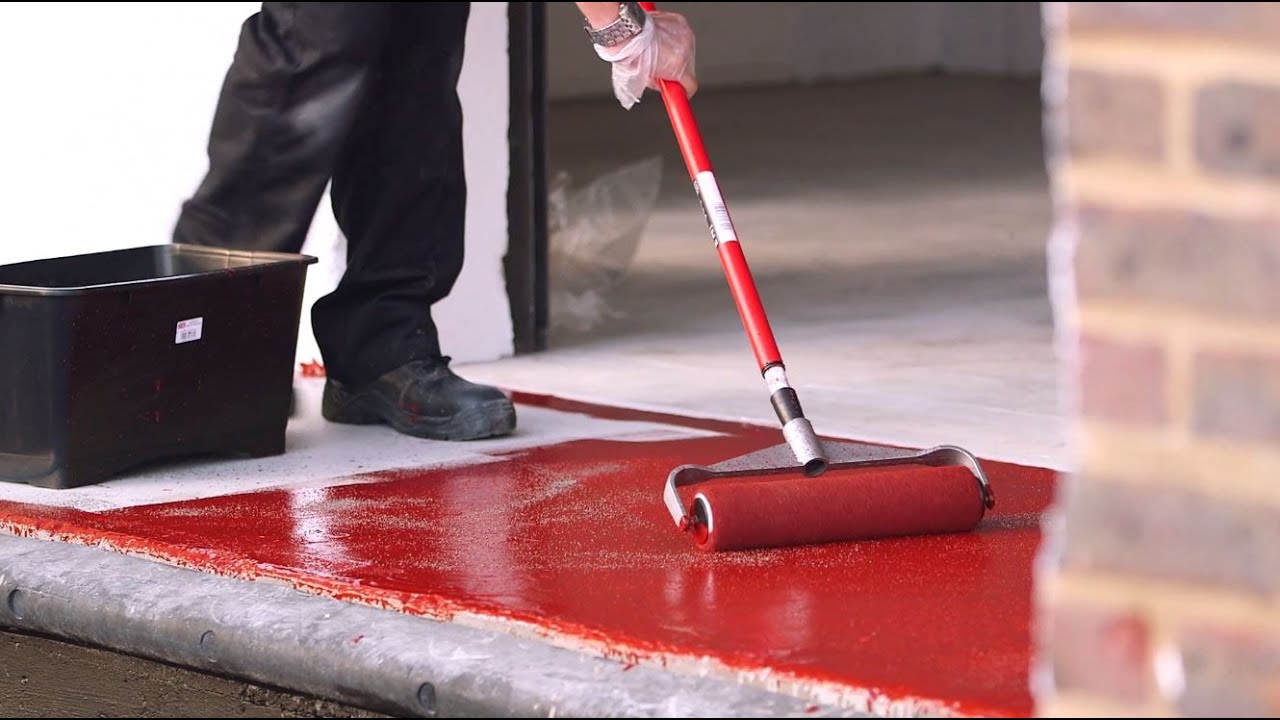
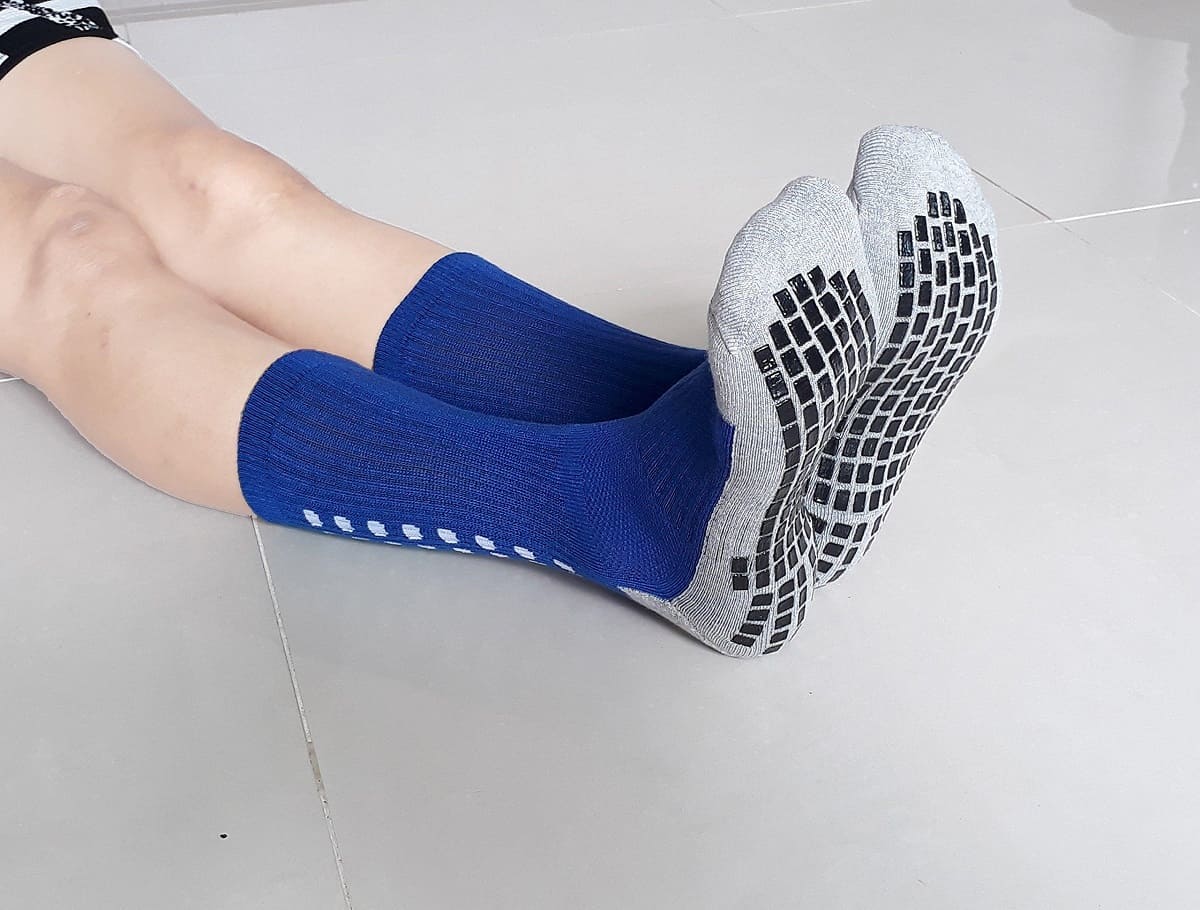
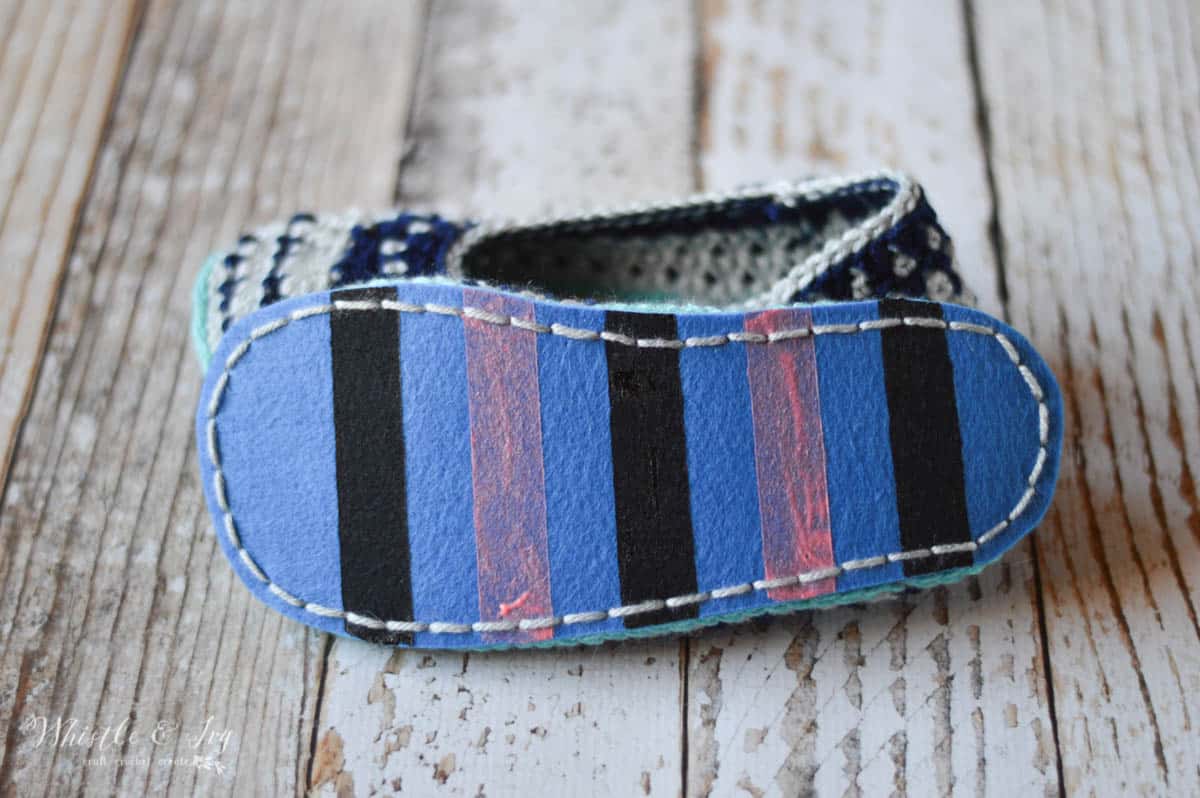
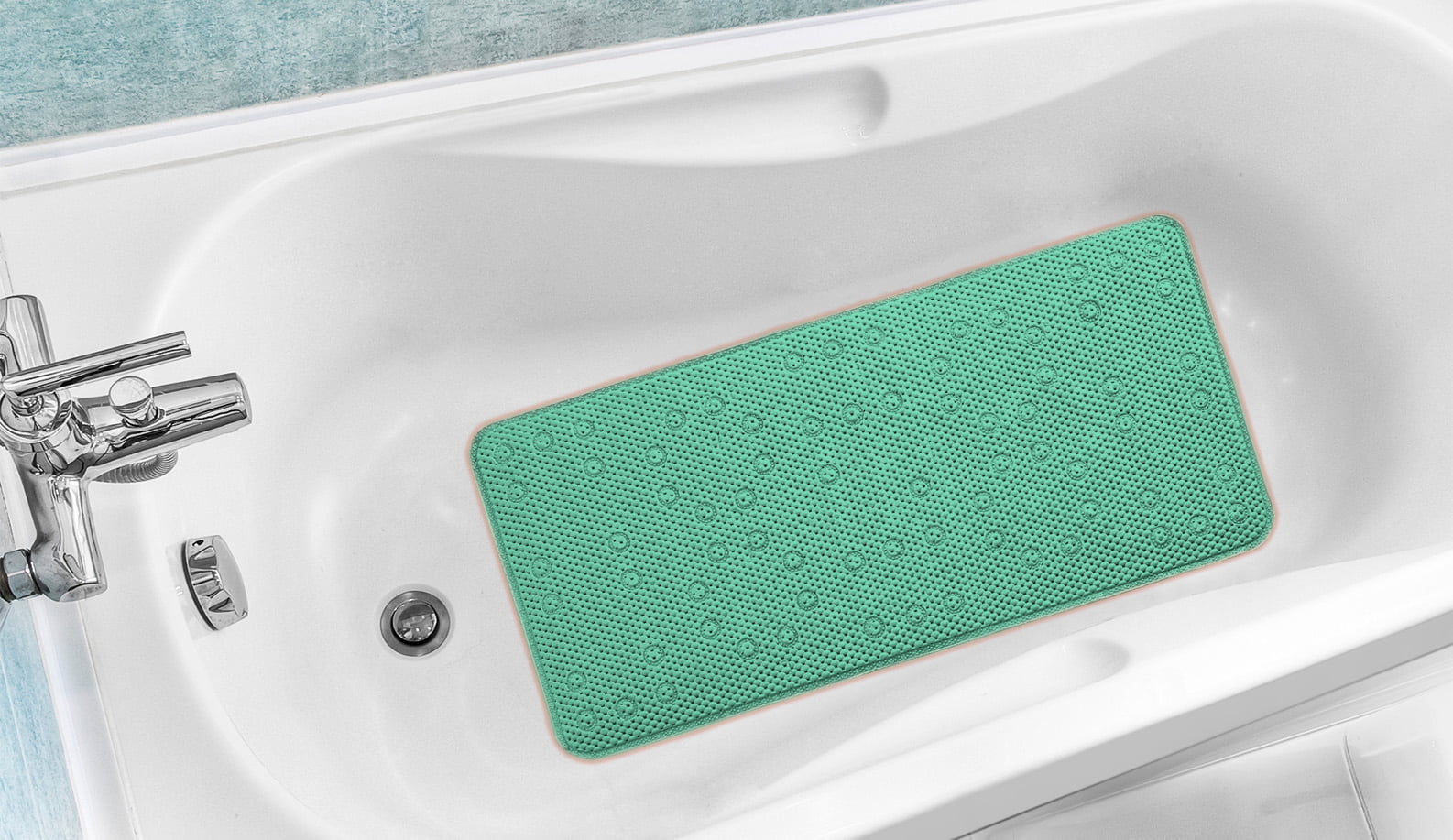
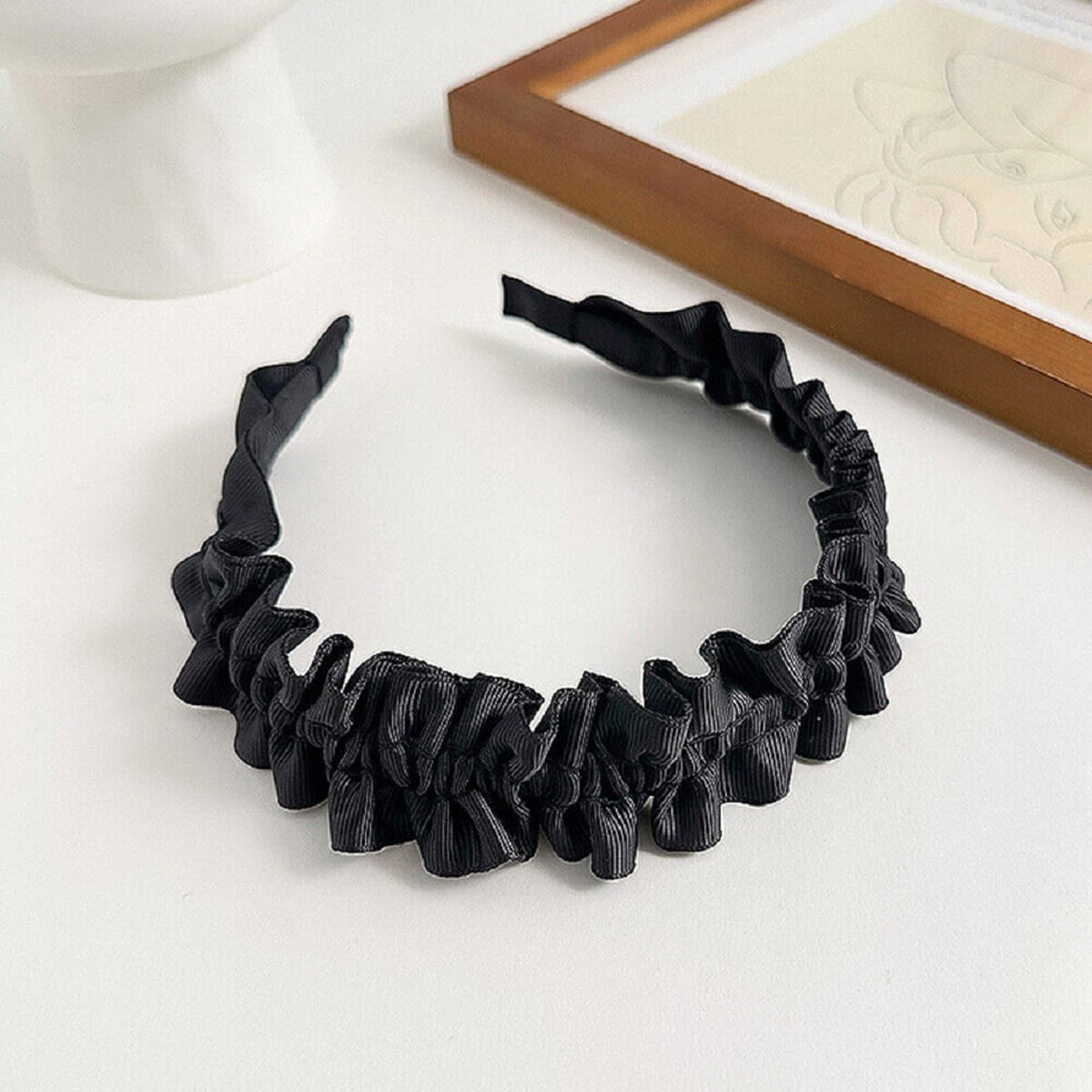
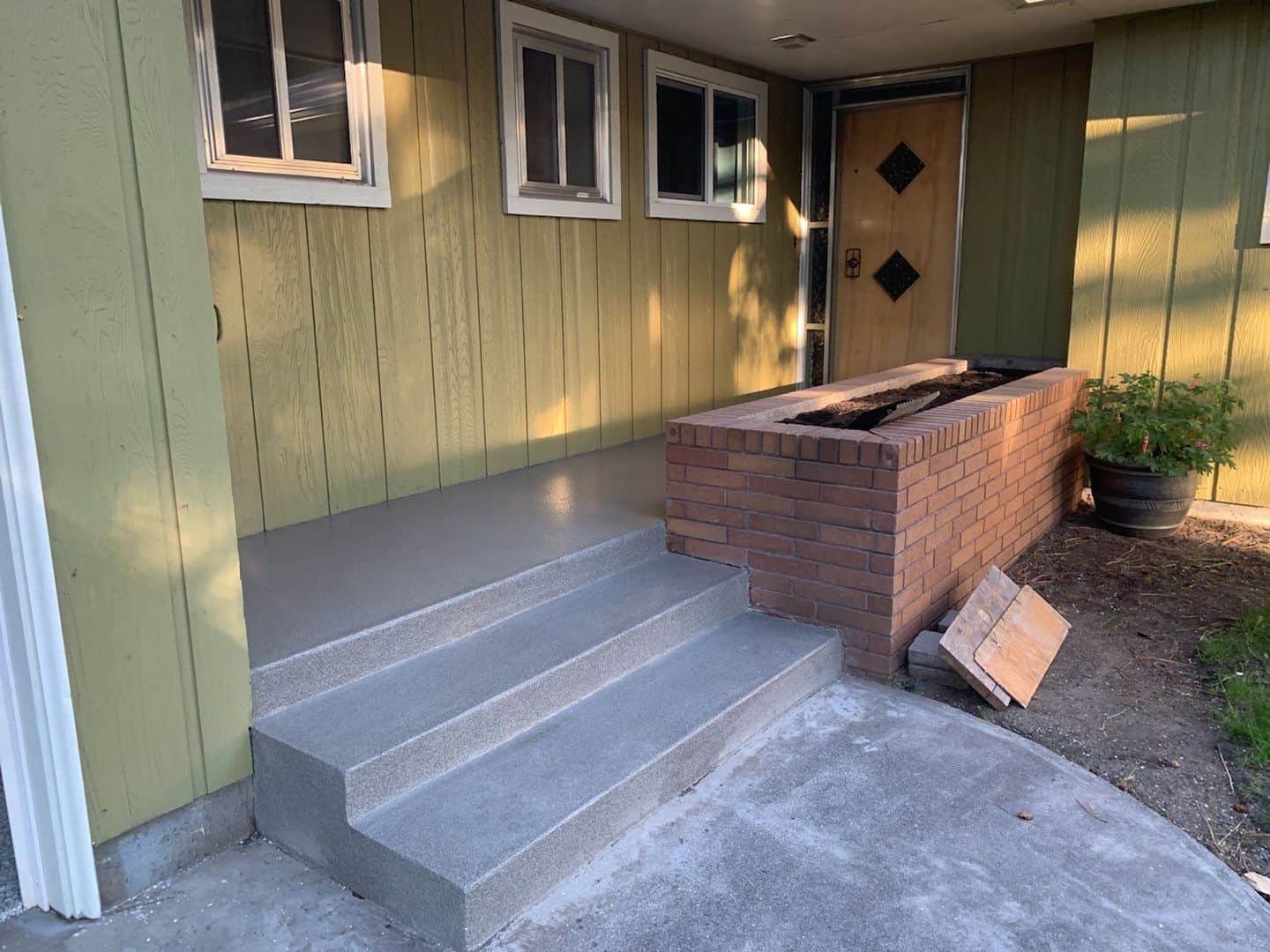
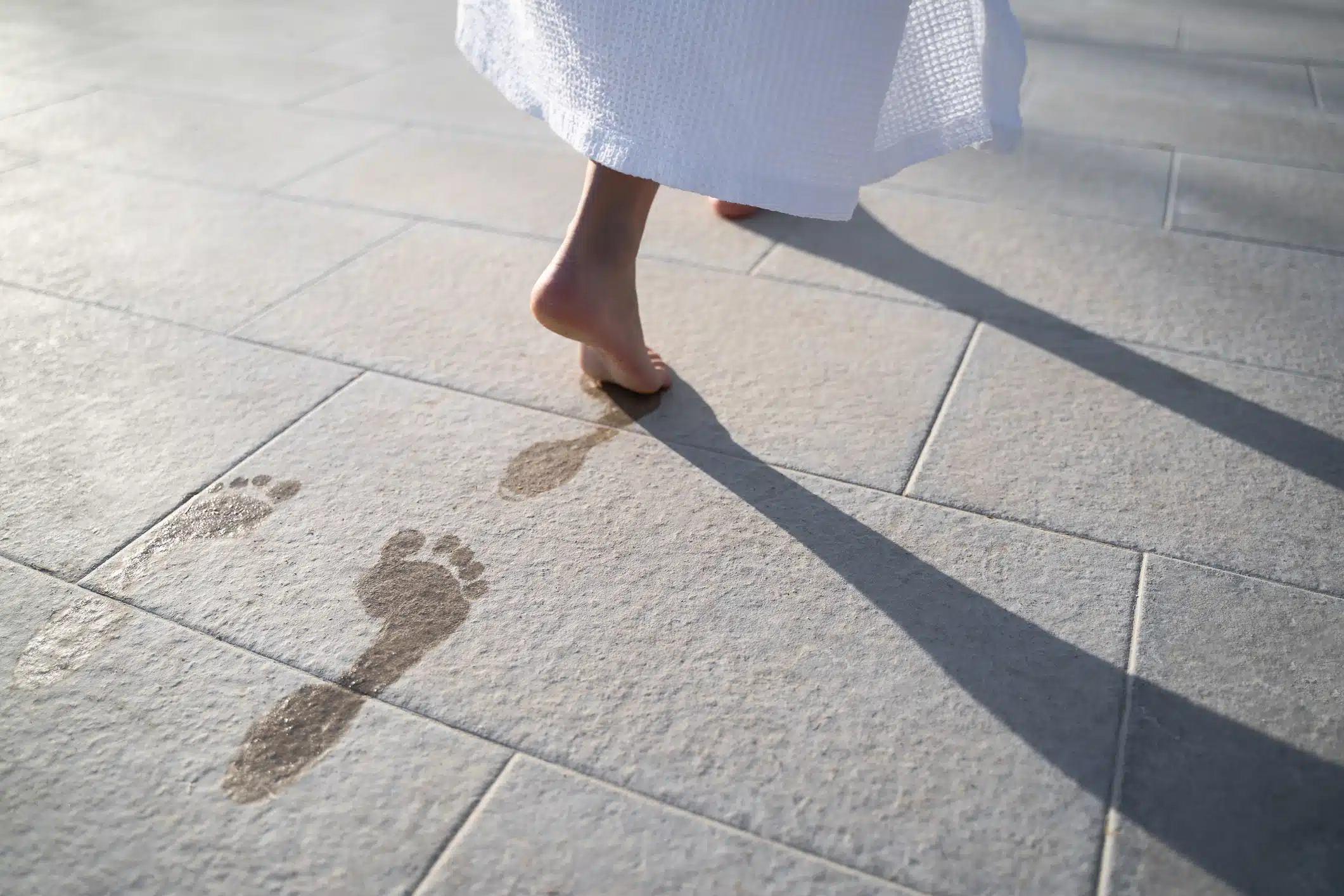
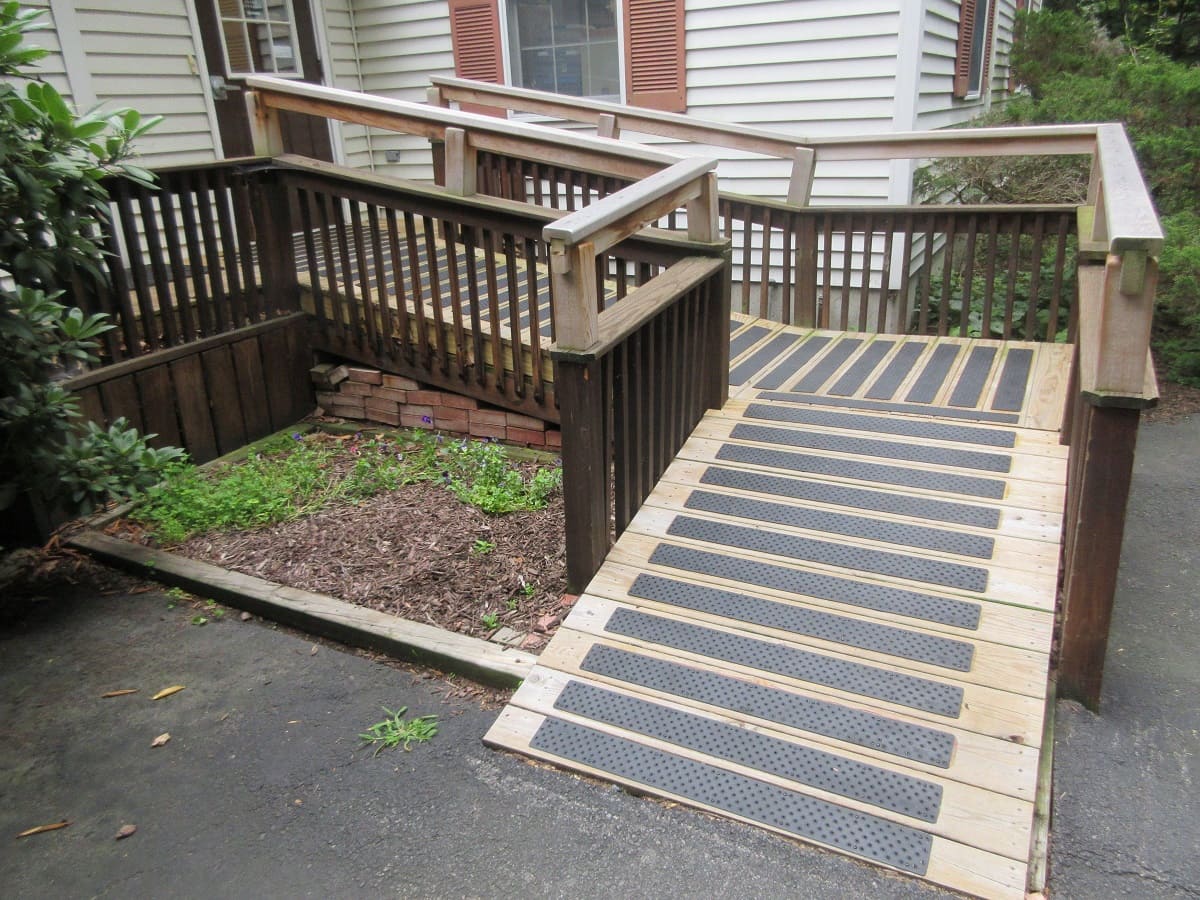

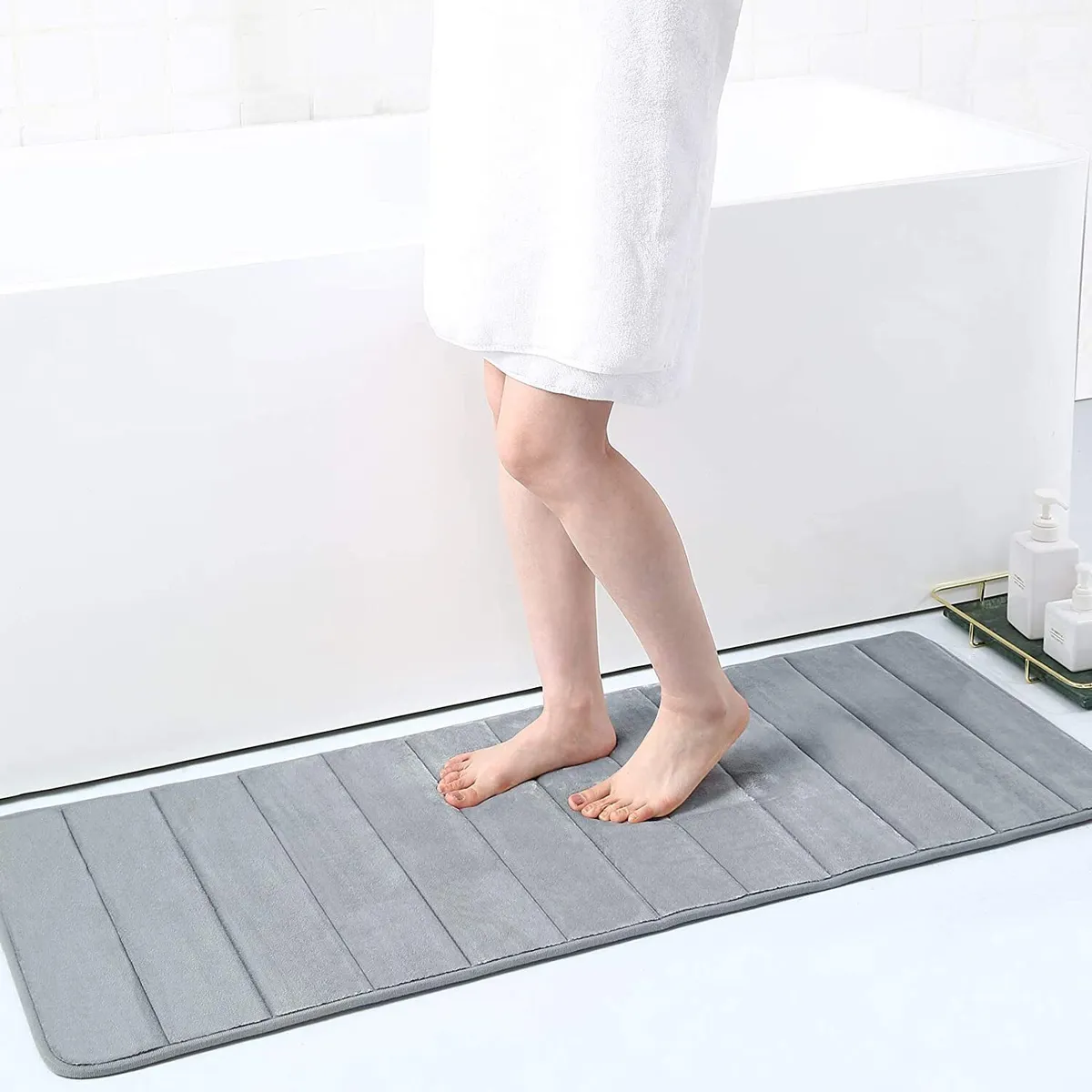

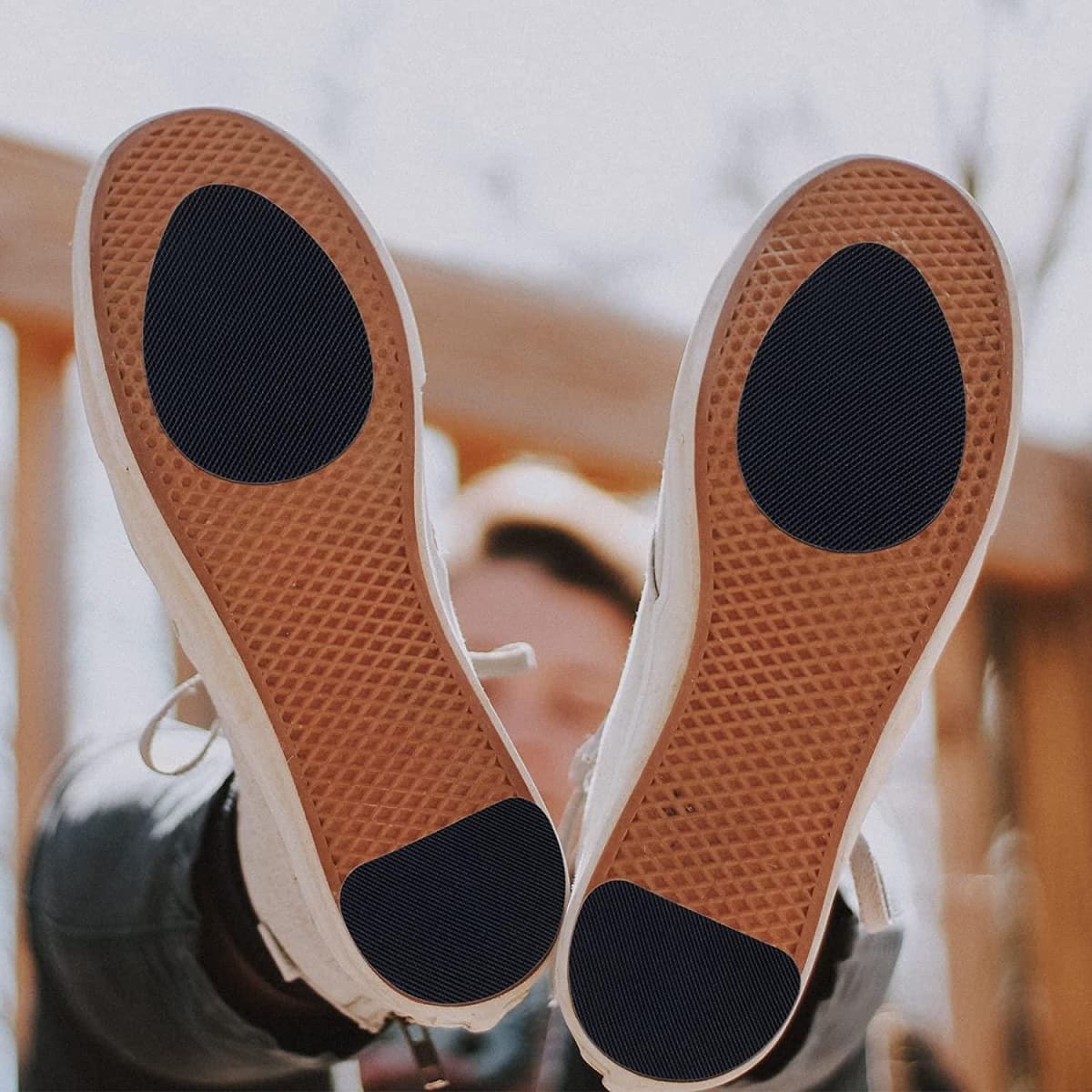
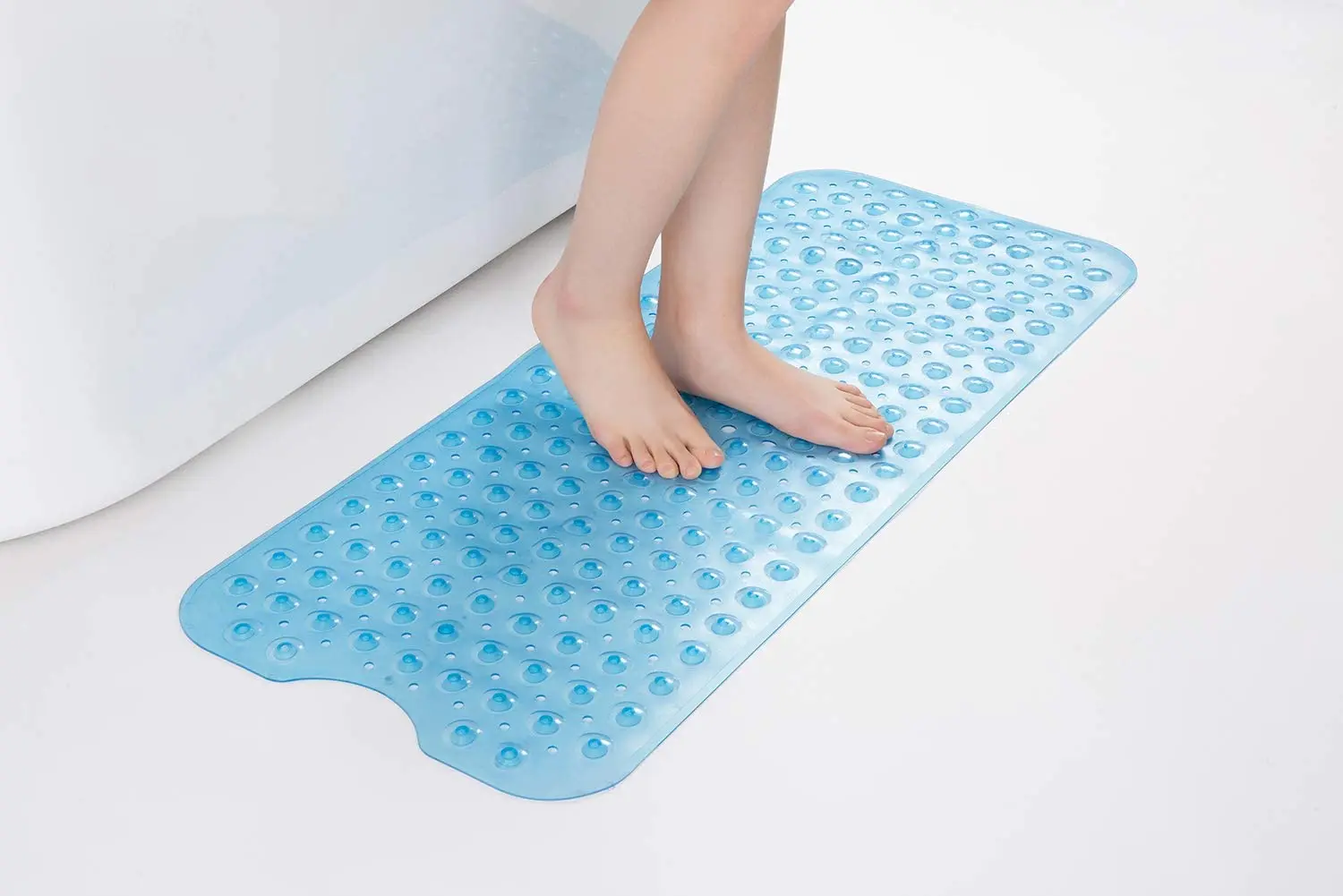
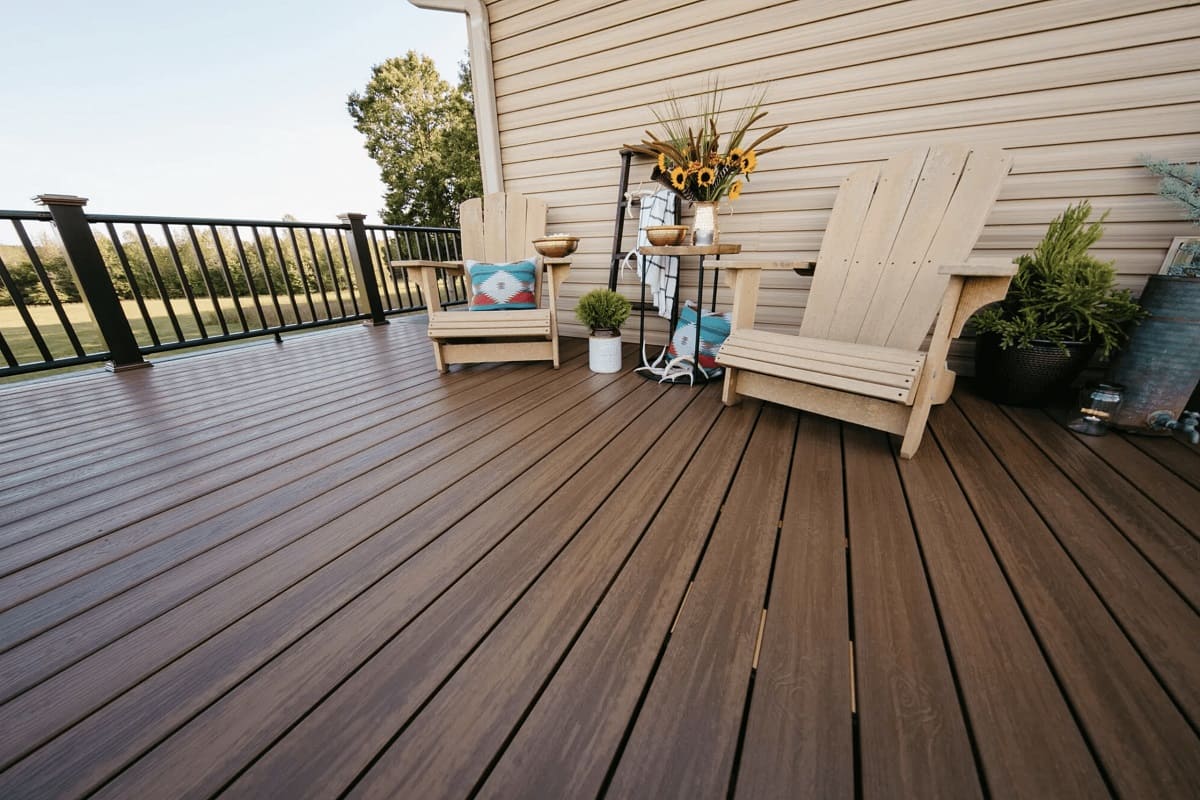

0 thoughts on “How To Make Outdoor Stairs Non-Slip”